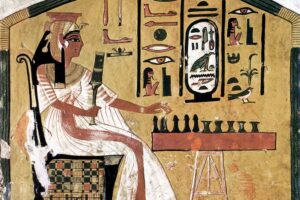The Neanderthals died out about 40,000 years ago, but the reason for this is still shrouded in considerable mystery.
Many explanations have been put forward and are based on everything from disease to climate change or volcanic eruptions.
But now a new study shows that the explanation could be of an erotic nature and therefore completely non-violent. Then there have been lustful interactions between races that eventually caused the Neanderthal race to die out.
Genetic studies have already shown that in most people outside of Africa, about 2% of the genome comes from Neanderthals.
On the other hand, no genes from modern humans have been found in the genomes of the 32 individuals of the Neanderthal race that have been identified. This piqued the curiosity of the scientists.
They believe the explanation may lie in the fact that the fusion of these two races was only possible in another way.
Fertile men disappeared
Namely, DNA from the energy particles of Neanderthal women has not been found in our genome, but this part of the genetic material is only inherited in the female uterus.
This could mean that Neanderthal men and women of the modern human race were able to have children together and not the other way around.
The scientists therefore believe that it is possible that Neanderthals were included in the tribes of modern humans, but that the tribes of Neanderthals were less likely to include modern humans.
“If fertile men in their prime have been welcomed into modern human societies, they have thereby disappeared from Neanderthal society. And such a development is not sustainable in the long run for small groups in a hunter-gatherer society,” say the researchers in their conclusions.








